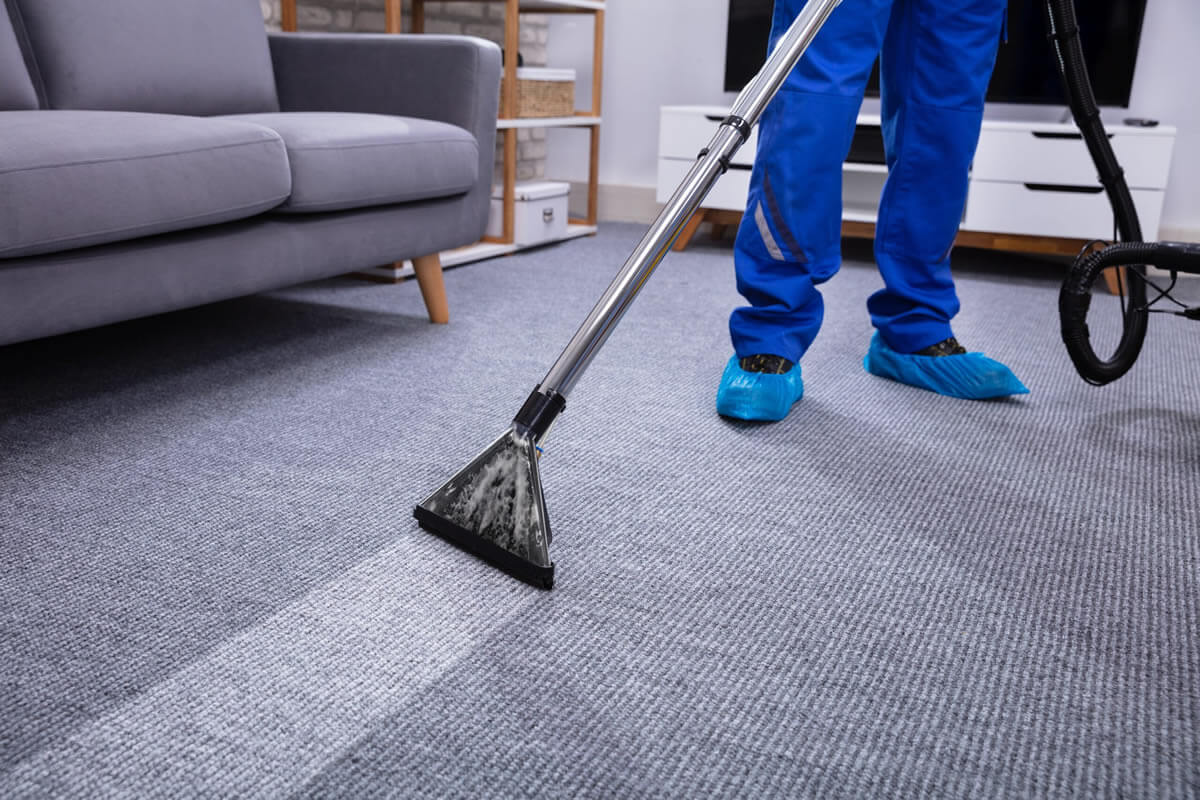
Contact Us
Clear View Builders
Email: [email protected]
Phone: +19164205862
4913 Rio Linda Blvd
Sacramento, California, United States 95838
- Then they will create the perfect deck solution that fits your budget.This increases the carbon footprint and doesn’t necessarily translate to a higher-quality deck board.Adding a deck near your pool extends the space for sunbathing, dining, and keeping an eye on kiddos in the water.Similar to pressure-treated wood, cedar requires regular maintenance.
Pressure Treated Wood: Types, Grading Standards & More
Cedar also contains natural tannins, which make it resistant to decay, infestation, and rot. Uncapped composite decking isn't usually recommended since it's more susceptible to damage from the elements and likely to fade unevenly and stain over time. In addition, it's prone to mold, mildew, and fungus growth in humid climates, and it can be scratched and damaged easily. It lacks a plastic layer to protect the core, so it’s not as resilient as capped decking. Selecting the right pressure-treated wood means considering the type of structure, environmental conditions, and budget. It’s important to do a little homework (or call us at Decks & Docks!) before buying any pressure-treated wood.The Ultimate Guide to Composite Decking Profiles
You’ll also want to prevent access underneath your deck so animals can’t nest there. For areas with intense sun and heat exposures, make sure to use a sealant with UV protectant,” he says. “It differs from a porch in that it’s not enclosed, and it does not extend to the roof of a structure,” Cosby says. Aluminum decking works very well in some situations like around swimming pools, but it has some drawbacks to consider as well. However, unlike PVC decking, it does not give off toxic chemicals as a result of its production. While not a substitute for a professional inspection, here are some things you can look for that might help you determine if your deck presents a significant safety risk.Aluminum Decking: Pros And Cons
It offers the advantage of being lightweight and easy to handle, making it ideal for DIY enthusiasts. Cedar also possesses natural tannins that provide resistance against decay, infestation, and rot. By extending the living space outdoors, attached decks create a seamless transition between indoor and outdoor spaces and environments, allowing for a smooth flow of activities. A deck not only enhances the aesthetics of your home but also provides an ideal place for relaxation, entertainment, and enjoying the beauty of the outdoors. In this guide, we will explore the different types of decks and help you choose the perfect one for your specific needs and preferences. Aesthetically, vinyl provides a wider range of options than wood. Washing your deck a few times per year is typically the extent of the required maintenance. With minimal care, high-quality materials like Trex Composite Decking can last for years. Because many people prefer the look of natural wood decks, composite decks often don’t increase a home’s resale value like wood decks do. Failure to properly secure the deck to the house can cause the deck to collapse when it pulls away from the house. When choosing a pool deck material, you should consider slip-resistance, heat absorption and more. It’s also important to note that there are different grades of treated lumber, and your local supplier can Take a look at the site here help you choose the grade that’s right for your budget. If you don’t like the appearance of pressure-treated lumber, a stain can help make it more attractive. However, it’s recommended to let pressure-treated deck wood weather for a few months before staining and consider sanding before applying it. Redwood is a tight-grained wood that’s red to dark red in color. 